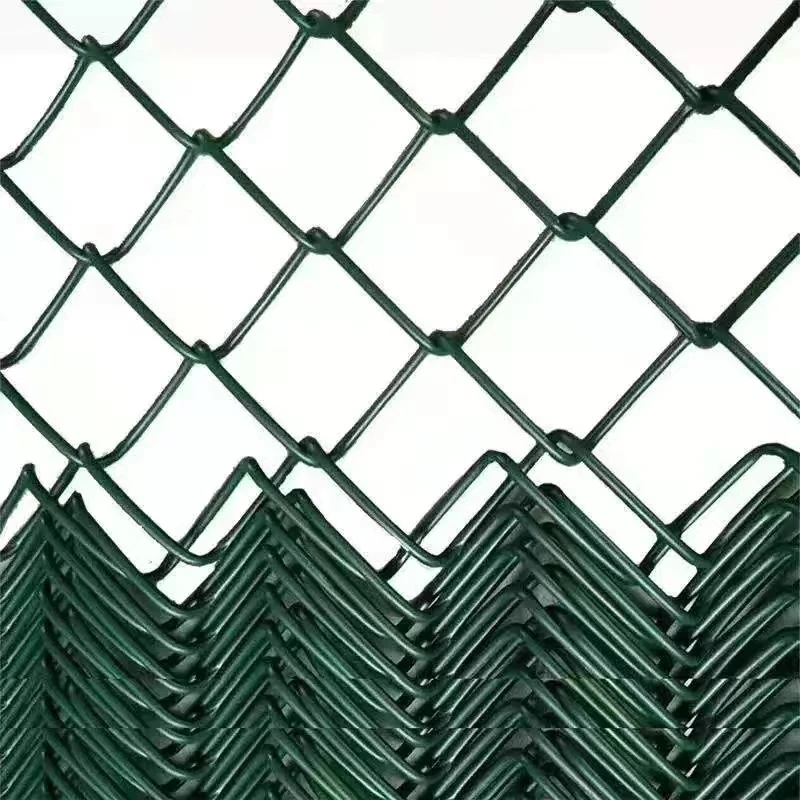 TEL:
+86-13102802206
TEL:
+86-13102802206
 Email:
fencenetting@china.com
Email:
fencenetting@china.com
 Language
Language
 TEL:
+86-13102802206
TEL:
+86-13102802206
 Email:
fencenetting@china.com
Email:
fencenetting@china.com
 Language
Language


The Cost and Considerations of Barbed Wire Per Foot
Barbed wire has been a vital component in agricultural fencing and security measures since its invention in the late 19th century. It is designed to deter intruders and protect livestock, while also marking property boundaries. The cost of barbed wire per foot is a significant factor for both commercial and personal use, influencing choices in fencing applications.
Understanding Barbed Wire
Barbed wire consists of two or more strands of wire twisted together, with sharp barbs spaced along the wire. The design serves as a barrier, making it difficult for animals or intruders to navigate through. Barbed wire can be made of various materials, with galvanized steel being the most common due to its durability and resistance to rust. The gauge, or thickness, of the wire also plays a crucial role in its effectiveness and price.
Pricing Barbed Wire
The cost of barbed wire per foot can vary significantly based on several factors, including material, gauge, and local market conditions. As of late 2023, the price can range from approximately $0.10 to $0.30 per foot for standard galvanized barbed wire. Specialty options such as high-tensile wire or coated wire may increase costs, but they offer additional benefits such as improved longevity or a more aesthetically pleasing appearance.
Factors Influencing Cost
1. Material Quality Higher quality materials, such as stainless steel or PVC-coated wire, can increase the cost per foot. While they might be more expensive initially, they often provide better resistance to weathering and corrosion in the long run.
2. Gauge The gauge of barbed wire affects both its strength and price. Thicker wires tend to be more robust and resistant to bending, offering better protection over time. However, they also come with a higher price tag.

3. Length and Bulk Purchase Buying in bulk typically lowers the cost per foot. Retailers often provide discounts for larger quantities, making it more economical for farm owners or large-scale operations to stock up.
4. Regional Variations Prices can fluctuate based on geographical location due to shipping costs, local demand, and availability of materials. Areas with high agricultural activity might experience different pricing structures compared to urban regions.
5. Installation Costs The overall expense should also consider installation. Hiring professionals to install barbed wire fencing will incur labor costs that can surpass the price of the wire itself. DIY installation can reduce costs but may require more time and effort.
Application Considerations
When planning to install barbed wire fencing, it’s essential to evaluate the intended use. For example, agricultural settings may require taller and more robust fences to contain livestock effectively. In contrast, residential applications may only need shorter, less aggressive designs. Additionally, zoning regulations and local laws concerning fencing must be taken into account to avoid legal issues.
Maintenance and Longevity
While barbed wire is designed to withstand harsh conditions, it is not completely maintenance-free. Regular inspections can help identify issues such as rust, loose strands, or damage from environmental factors like storms or pests. Proper maintenance can extend the life of the fence, ensuring that it provides the intended security or protection for years to come.
Conclusion
Investing in barbed wire fencing is a practical decision for many property owners, and understanding the cost per foot is essential for budgeting purposes. The versatility, affordability, and effectiveness of barbed wire in securing property and livestock make it a popular choice. However, potential buyers should consider the various factors that influence price, including quality, gauge, buying quantities, and installation. By making informed decisions, individuals and businesses can ensure they select the right product for their unique needs, leading to a successful investment that will stand the test of time.